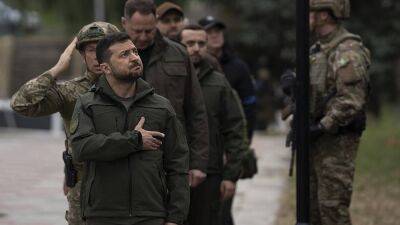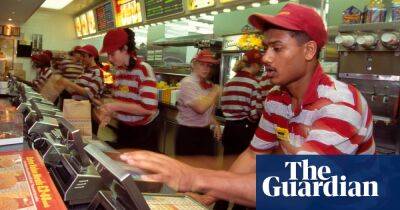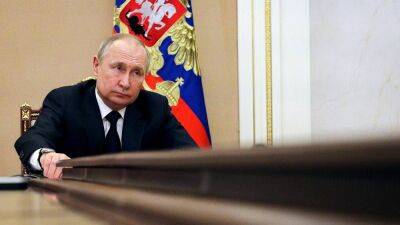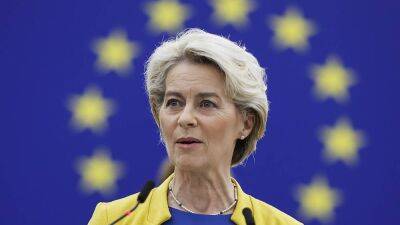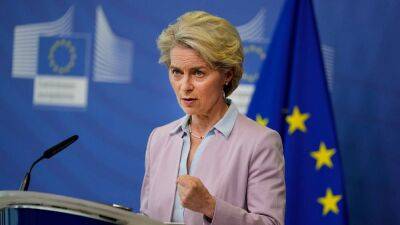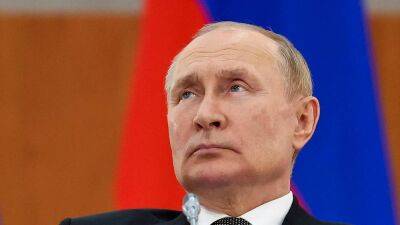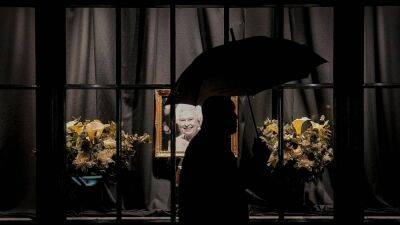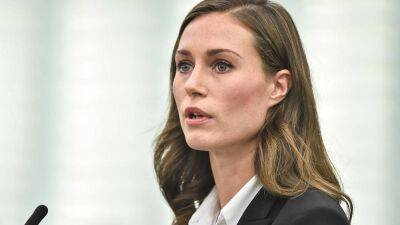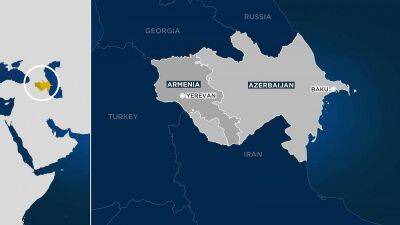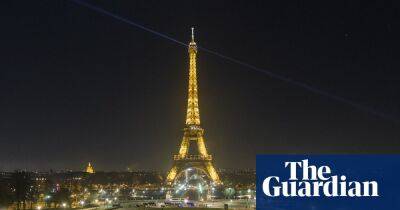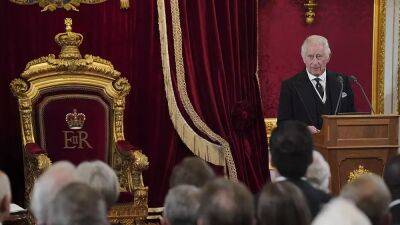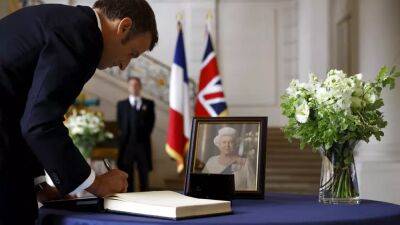‘She offered an island of certainty and continuity’: the Queen and the City
In the shadow of the Bank of England, in the beating heart of the City of London, workers are jet-washing a statue of the Duke of Wellington. Mobilised after the death of the Queen Elizabeth II, they are readying the commercial hub known as the Square Mile to stage an event unprecedented in the lives of all but the most senior City veterans.
In less than 24 hours, at the Royal Exchange, Charles III will be publicly proclaimed the new sovereign of the United Kingdom of Great Britain and Northern Ireland. It will be the second proclamation ceremony of the day. The accession must first be confirmed at St James’s Palace, before heralds travel east to notify the City of London of its new monarch.
Metres from where these events will unfold, a steady flow of pin-striped commuters is suddenly halted, to allow the passage of a convoy of military vehicles hauling giant artillery guns towards the Tower of London, ready for Saturday’s 62-gun salute.
As they roll past, the bells of the City’s many churches ring, muffled in mourning, to mark the passing of a monarch who presided over profound change in Britain’s centuries-old commercial nerve centre.
With a history reaching back 1,000 years, the City – a ceremonial county distinct from London itself – is one of the few institutions that can claim a heritage nearly as long and storied as that of the crown.
The first lord mayor of London, Henry fitz Ailwin de Londonstane, assumed the title in 1189 after Richard I granted greater autonomy to a cabal of businessmen he hoped would raise funds for the crown.
Today, the annually elected position at the head of the City of London Corporation, which governs the Square Mile, is partly ambassadorial, a flagbearer for the capital’s financial centre.
Read more on theguardian.com



